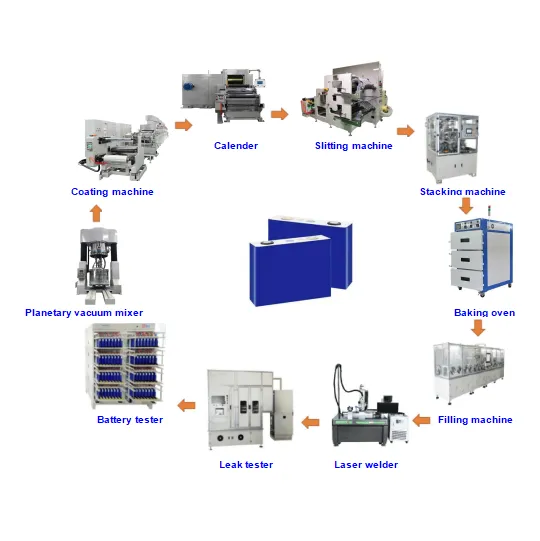jute fibre
The Versatility and Sustainability of Jute Fiber
Jute fiber, often referred to as the golden fiber, has gained prominence in recent years due to its versatility and eco-friendliness. Derived from the stem of the jute plant (Corchorus), this natural fiber has been a staple in textile production for centuries, particularly in countries like India and Bangladesh, where climate and soil conditions are favorable for its growth. As the world moves towards more sustainable practices, jute fiber stands out as a renewable resource that is both biodegradable and highly useful.
Historical Significance
Historically, jute has played a crucial role in the economy of many countries. Introduced to the global market during the 19th century, it quickly became a valuable commodity, especially in the textile industry. Jute was primarily used to make burlap sacks, ropes, and carpets. It is strong and durable yet remarkably soft, making it suitable for various applications. Over the decades, as technology advanced, jute's applications expanded beyond traditional uses to include fashion items, home decor, and industrial products.
Environmental Benefits
In today’s environmentally conscious society, the benefits of jute fiber are more relevant than ever. Unlike synthetic fibers made from petroleum-based products, jute is 100% biodegradable. The cultivation of jute also requires far less water and pesticides compared to cotton, making it a more environmentally friendly choice for farmers. Furthermore, jute plants contribute to soil health by preventing erosion and improving fertility, thanks to their deep root systems.
Jute absorbs carbon dioxide while growing, which helps mitigate climate change. It is estimated that one hectare of jute plants can absorb approximately 15 tons of CO2 per year. This vital aspect positions jute as an essential player in the battle against climate change, making it not only a sustainable resource but also a strategic ally in achieving global sustainability targets.
Versatility in Usage
jute fibre

The adaptability of jute fiber extends to numerous applications. Its natural properties make it an ideal choice for packaging materials, such as sacks for transporting agricultural produce, coffee, and other goods. The agricultural sector heavily relies on jute bags as they are durable and breathable, preventing damage to the contents.
In interior design, jute is favored for rugs, curtains, and upholstery due to its aesthetic appeal and sustainable nature. Many designers are incorporating jute into modern decor, highlighting its rustic charm while promoting a sustainable lifestyle. Additionally, jute is finding its place in the fashion industry, with brands creating eco-friendly bags, accessories, and even clothing lines that emphasize its organic nature.
Jute also has potential applications in the automotive and construction industries. Research and innovation are paving the way for the use of jute composites in making car interiors and as insulation material in green building practices. This evolution showcases the fiber's ability to combine traditional craftsmanship with modern technological advancements.
Challenges and Future Prospects
Despite its many advantages, jute fiber production faces challenges. Global competition from synthetic fibers and shifting market demands pose threats to the jute industry. Moreover, fluctuations in pricing and quality can impact farmers’ livelihoods. To address these challenges, there is a need for increased investment in research and development, training for farmers, and better marketing strategies to enhance the visibility of jute products in a highly competitive market.
Looking ahead, the future of jute fiber appears bright. With increasing awareness of environmental issues, consumers are gravitating towards sustainable products. This trend presents a significant opportunity for jute as brands and consumers prioritize eco-friendly choices. Additionally, innovations in processing methods and product development can lead to new applications and markets for jute, ensuring its growth and relevance in the 21st century.
Conclusion
In conclusion, jute fiber is not just a product of tradition but a beacon of sustainability and versatility in a rapidly changing world. Its historical significance, environmental benefits, and vast applications highlight the importance of embracing jute in our daily lives. As we strive for a greener future, jute fiber stands as a testament to the potential of natural resources in contributing positively to our planet and economies. By choosing jute, we are not just opting for a product; we are endorsing a sustainable future, one fiber at a time.
Share
-
The Best Lubricants for Aluminum Roller GuidesNewsJul.23,2025
-
Slitting Machine Applications in the Packaging IndustryNewsJul.23,2025
-
Rolling Roller Balancing Techniques for Smooth OperationNewsJul.23,2025
-
How To Optimize An EV Battery Assembly LineNewsJul.23,2025
-
Energy Efficiency in Modern Battery Formation EquipmentNewsJul.23,2025
-
Automation Trends in Pouch Cell Assembly EquipmentNewsJul.23,2025







